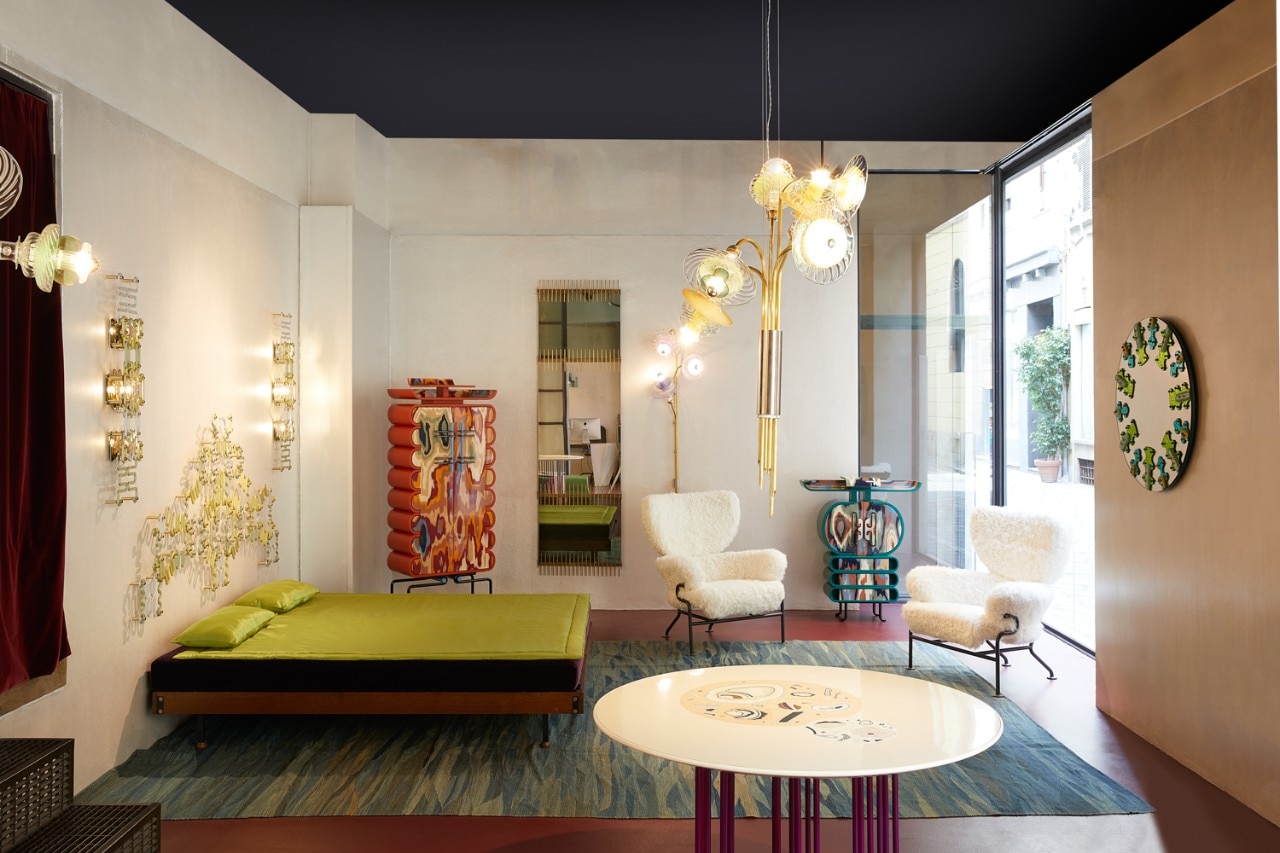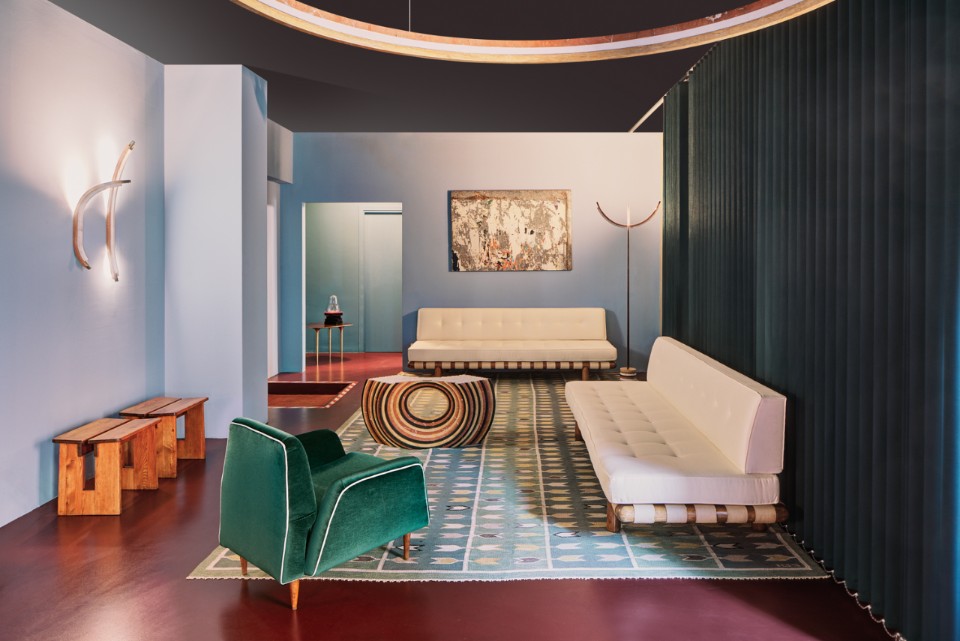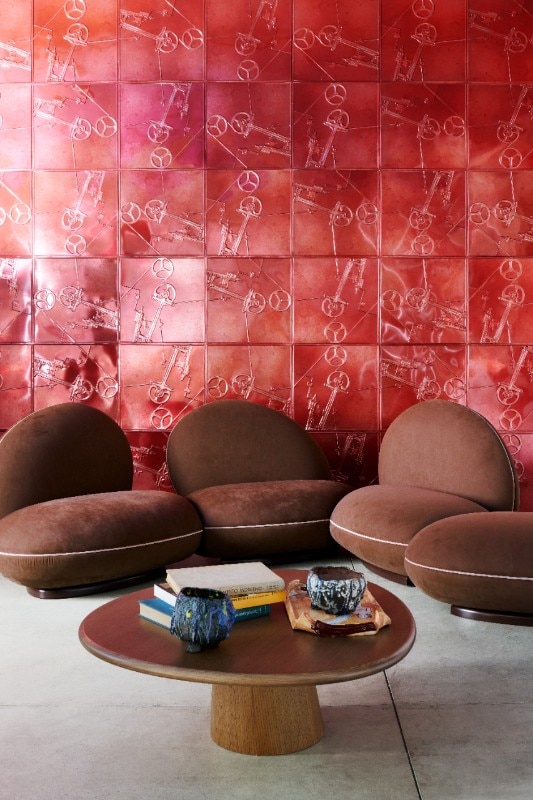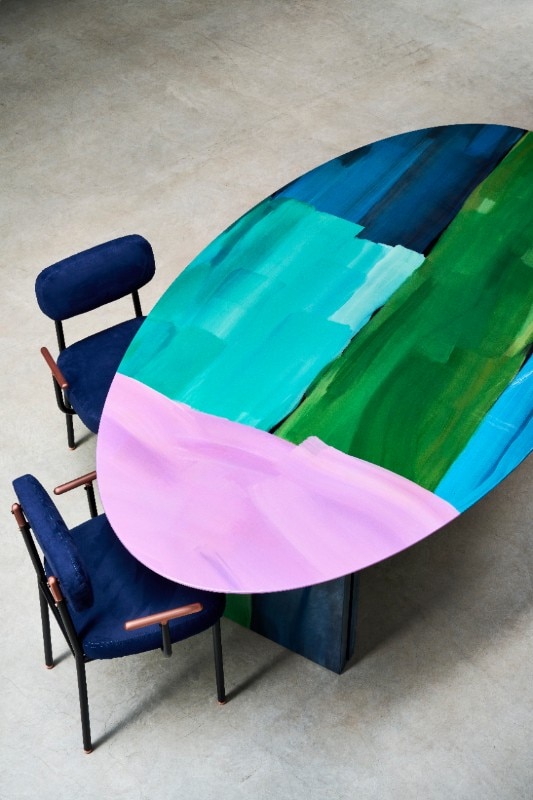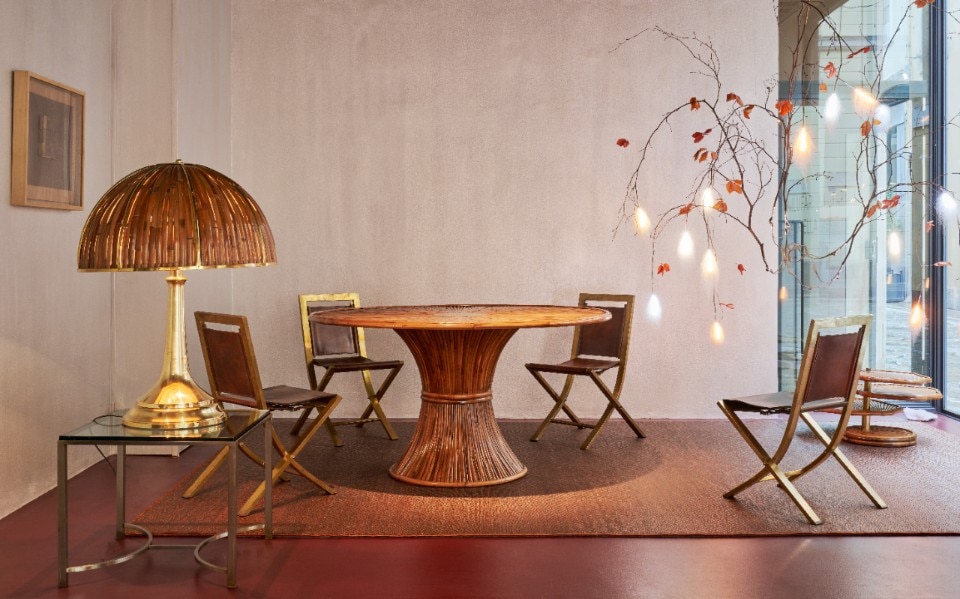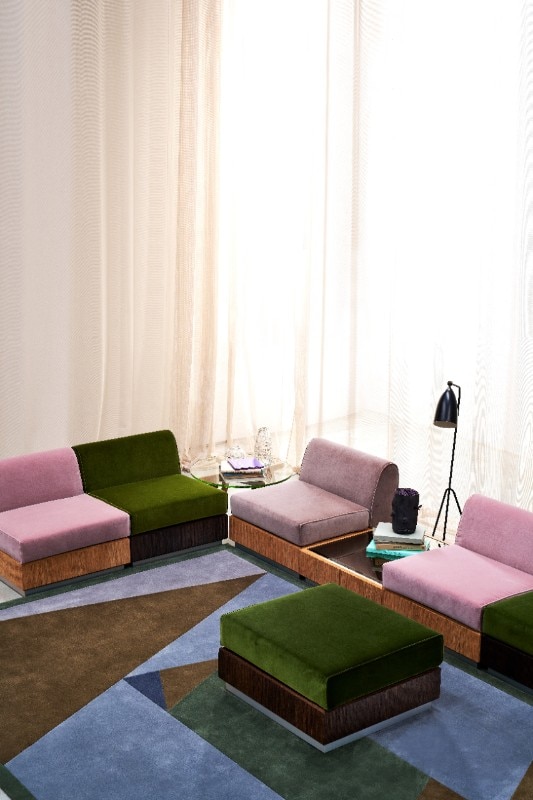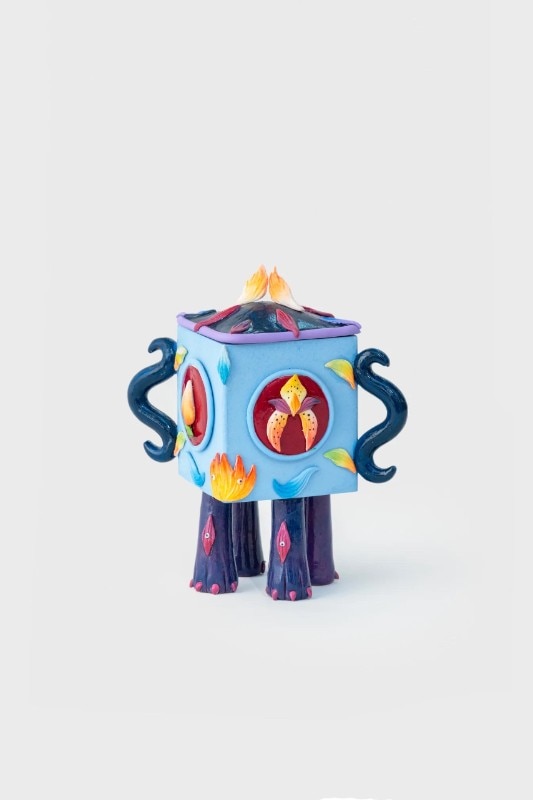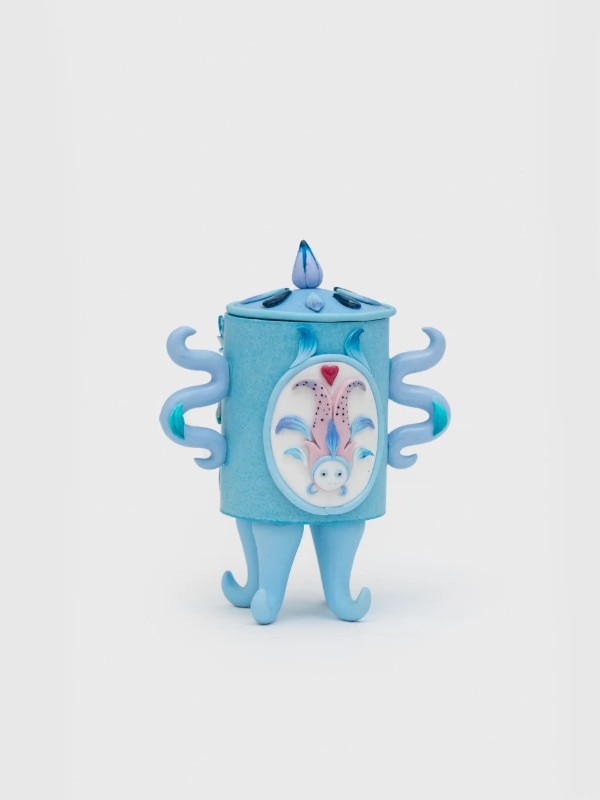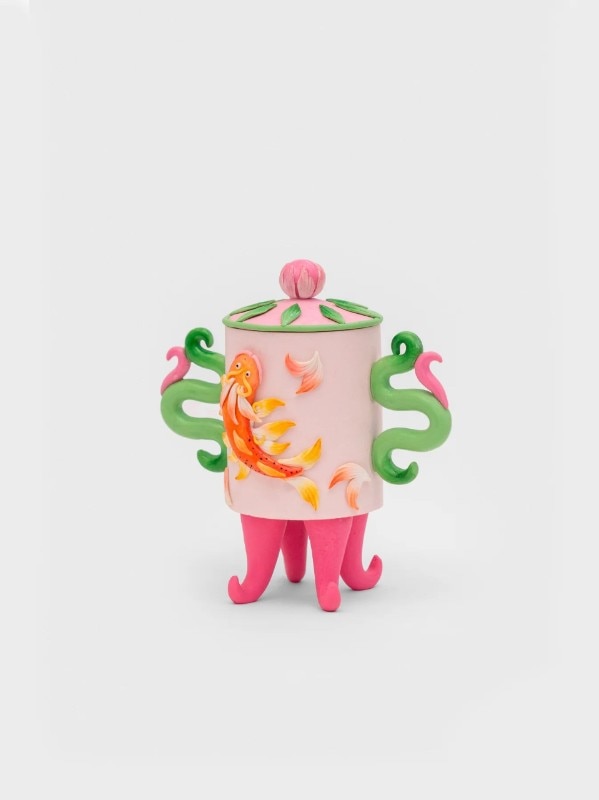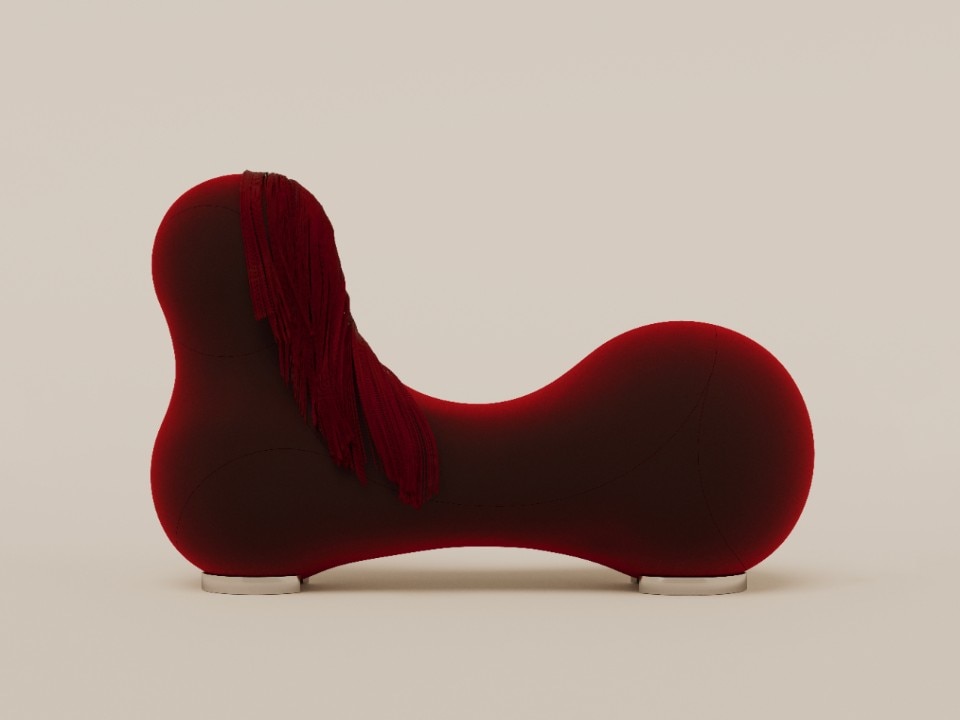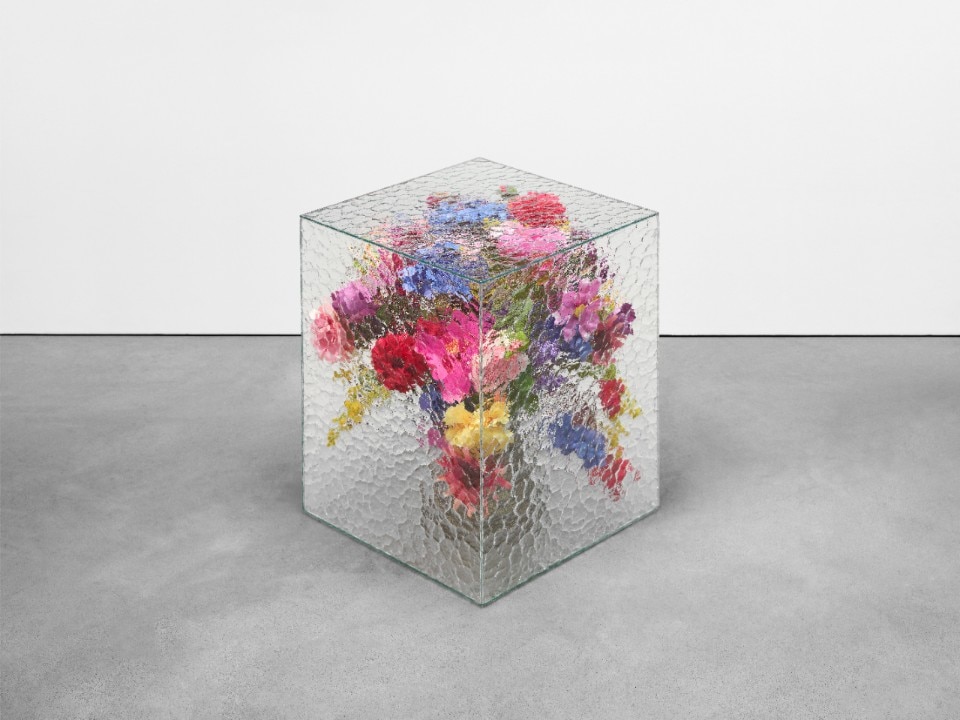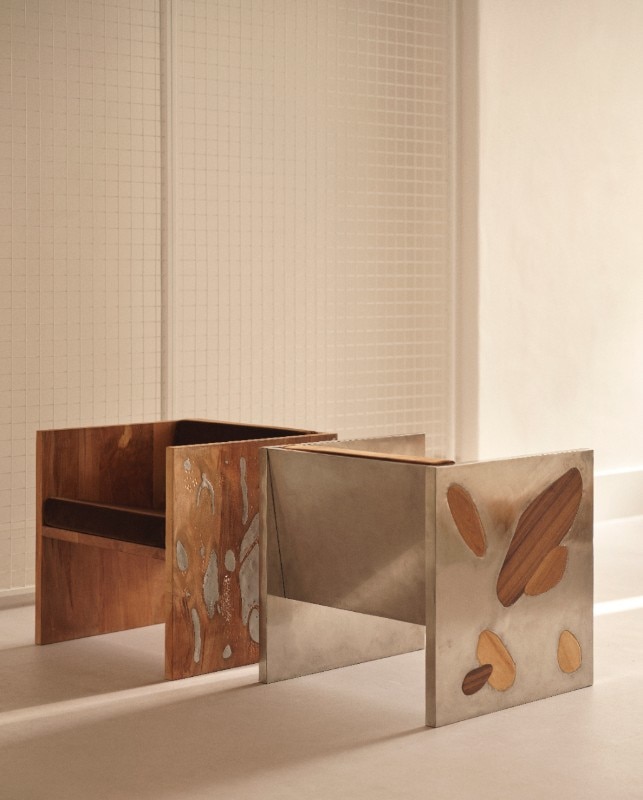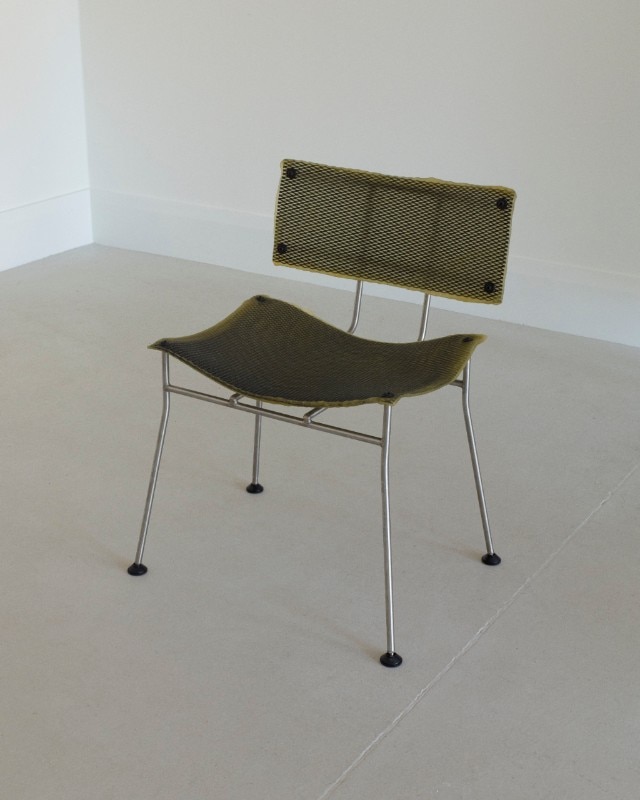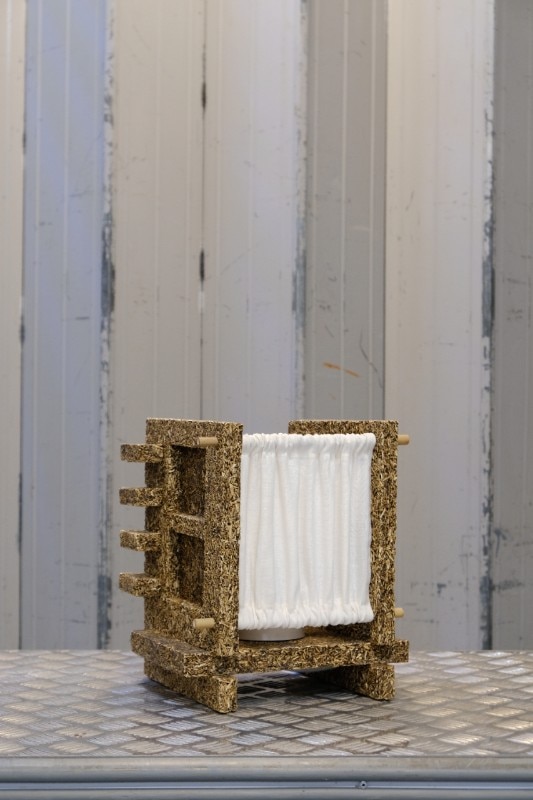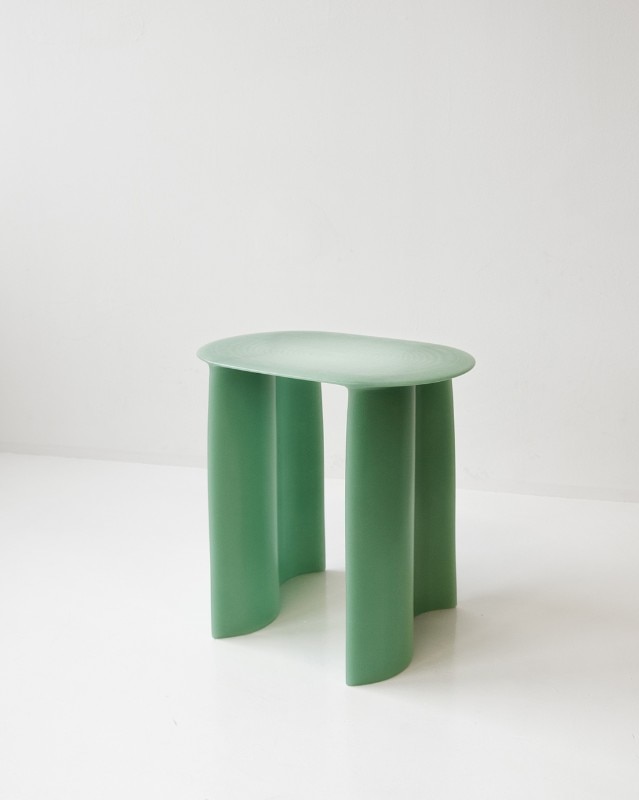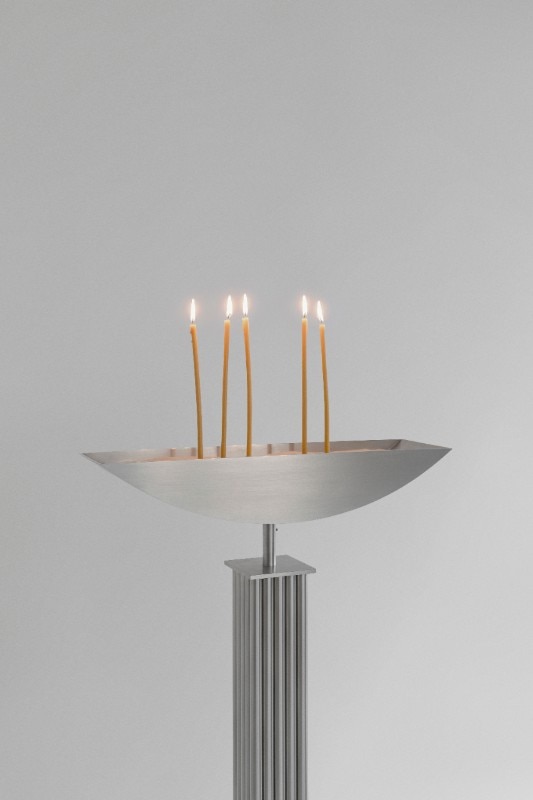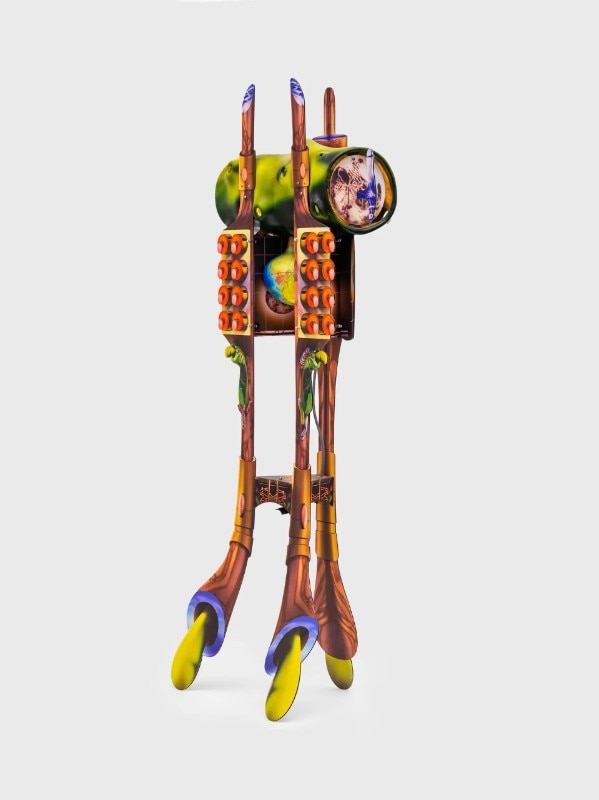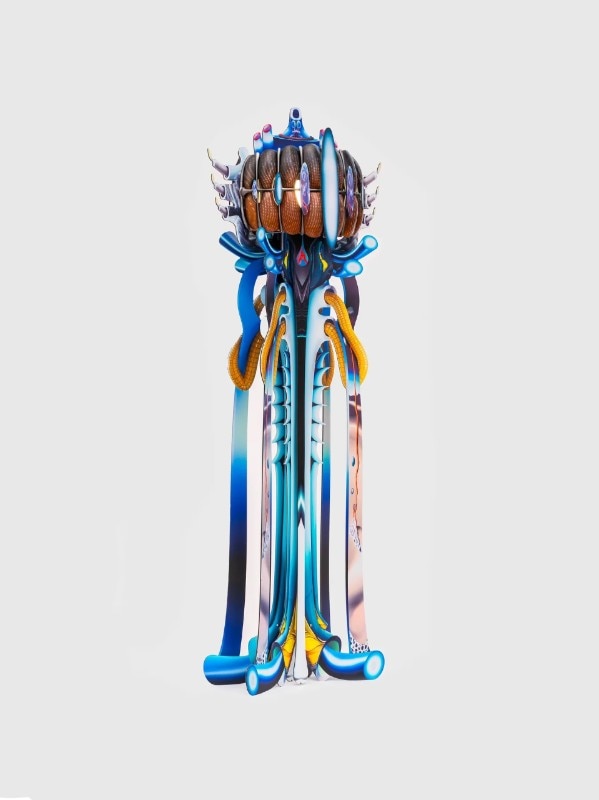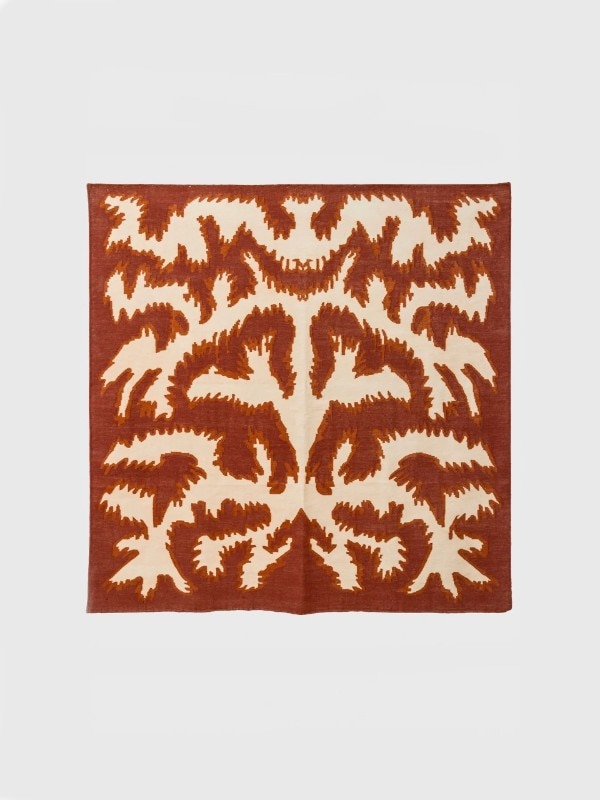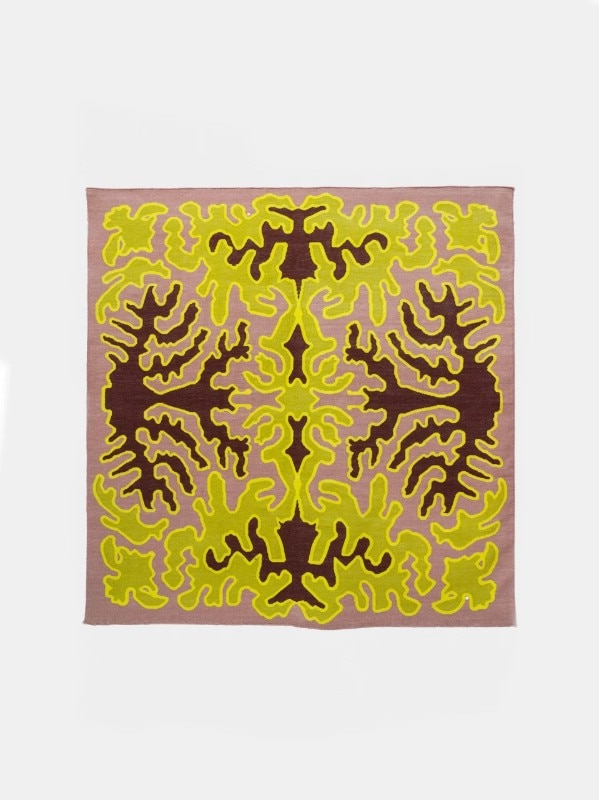What if industrial design was just a parenthesis in the history of design, and not the other way around? At a time when craftsmanship is being rediscovered and serial machine production partially abandoned, industry experts often unanimously channel their attention and respect towards limited editions. More eccentric and flamboyant, these pieces intrigue thanks to their permanent exceptional nature, which is closely linked to their ability to tell a story rather than to fulfill a use or function. This is the characteristic appreciated by collectors, who find distinctive value in this originality, and by designers, who see it as an opportunity for visibility and positioning.
It is in this fertile soil that collectible design grows and proliferates. Collectible design: a label indicating furniture and objects produced in limited series, often teetering between art and design, and primarily distributed by galleries or self-producing designers. This niche market is not necessarily something new or recent; yet the new millennium certainly marked a turning point. In 1998, Pad launched the first fair dedicated to the combination of art and design in London and Paris. In 2005, the intuition of a brilliant newcomer, Ambra Medda, led to the launch of Design Miami, which bets on the potential of a design collecting regulated by the same rules as the art world, but with its own, independent, and claimed boundaries. It is then that the contemporary production begins to accompany historical design, paving the way for a new investment opportunity for collectors.
Historically, design has always been a search for solutions to a problem. However, today it is decoration that is gaining ground, despite ergonomic aspects and even comfort.
Jean-François Declercq

Since then, fairs and platforms for collectible design have multiplied worldwide. By rooting themselves and confirming their calendarization year after year, they have provided a significant boost to designer research, offering a new outlet for products focused both on speculative research and technical experimentation. The dual path created by the synergy between 20th-century collecting and new proposals strengthened the dynamism of the sector. The emergence of e-commerce and dedicated online platforms, often transnational, has also given rise to specialized production and commercial channels. All to the advantage, at least on paper, of emerging talents, who find in this field a way to stand out and make a name for themselves.
“The contemporary scenario of collectible design is a dynamic and vibrant ecosystem, constantly changing, reflecting the incessant evolution of creative expressions and artistic languages,” Nina Yashar explains to Domus, founder of the Milan-based gallery Nilufar, and among the main talent scouts and pioneers worldwide in the field of collectible design. “Currently, I observe a great interest in Mid-century design as well as a growing pursuit for contemporary products of high quality, I would say to an equal extent. To meet this need, at Nilufar, we have introduced the Open Edition creations, a line of over 100 products in collaboration with international designers. The focus on originality, conceptual coherence, and craftsmanship represents the cornerstone of this project.”
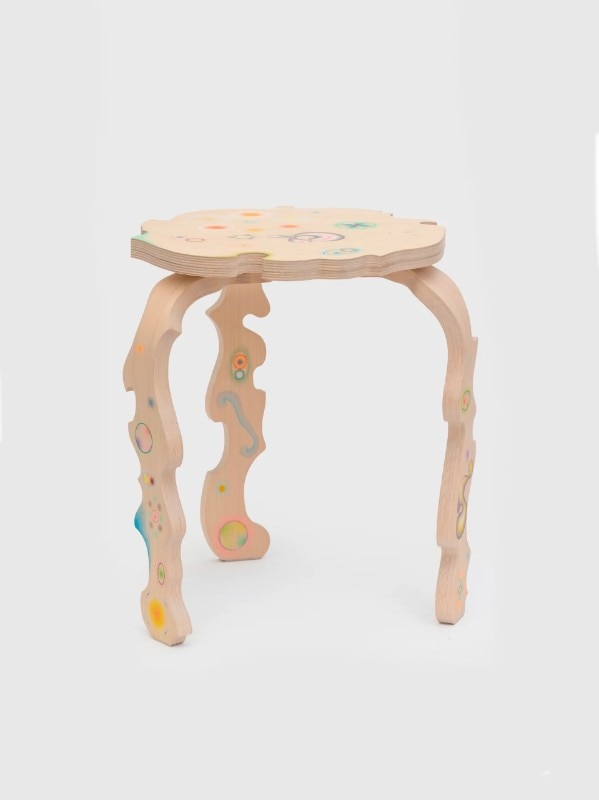
Many, like Yashar, understand that the originality and distinctive features of these products can make a difference. In a sector increasingly marking its own positioning, every player has an interest in orienting themselves towards a specific proposal and target audience. Sector fairs are an excellent example of this. Design Miami remains a focal point for galleries and major brands, so much so that it has multiplied its appointments: last year it opened in Paris during Paris +, and now it is preparing to launch a new event in Los Angeles, scheduled for next May. Pad, now on its 24th edition, continues to focus on sculptural design and strong luxury orientation. Nomad, which as the name suggests is not tied to a specific city but to a circuit of evolving exclusive destinations, finds in the synergy with the location the key to working on the extreme sophistication of the proposal. In Italy, the more recent Lake Como Design Festival and Edit do not reach the levels of foreign fairs but still offer a platform for exchange and distribution for limited editions, self-productions, and small brands, driving research on processes and high craftsmanship. Meanwhile, since 2018 in Brussels, Collectible made 21st-century design an opportunity to channel younger and more avant-garde research.
The contemporary scenario of collectible design is a dynamic and vibrant ecosystem, constantly changing, reflecting the incessant evolution of creative expressions and artistic languages.
Nina Yashar
“We are often told that through the name of our fair we have actually created this hashtag,” Liv Vaisberg tells us, founder of Collectible together with Clélie Debehault. “Before 2018, it mainly referred to collectable and design art, an area that I find more decorative compared to the current collectible scene, more oriented towards content, reflection on political and gender values, or reflection on decolonization. From this point of view, I believe that the boundary with art remains very fluid, although alongside these examples, there are certainly designers who delve more into craftsmanship, technique, sustainability: a theme, the latter, that has become crucial. As for collectors, we have experienced initial skepticism, especially in older generations. Our task was to help them discover that design creation can be as seductive as art, both intellectually and aesthetically. I also believe that, with the rise of Instagram, there is a tendency to dare more: an originality that a new generation of collectors looks at, perhaps with less significant budgets but with a specific interest in design.”
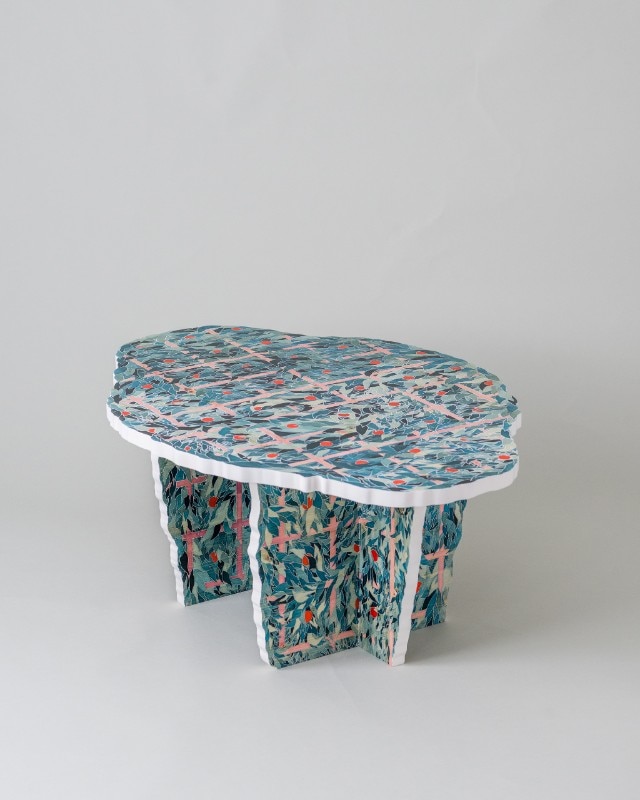
In an area where the weight of historical tradition and individual national schools still prevails, it is difficult to agree on how to define decoration. But while the terminology remains slippery, it is easier to agree that there has been a change in register. Valentina Ciuffi, co-founder of the Alcova platform launched in 2018 and attentive observer of the fluctuating trends of design phenomenologies, points out the role of technological opportunities in the changing of languages. “Thanks to visualization and rendering tools, printing, and laser cutting, designers have become more autonomous,” she says. “This promoted personal research from the point of view of aesthetic languages. I don't know if this is the direct reason, but within some exhibitions at Alcova Project Space, our curatorial space, we noticed a return to ornament, color, anti-minimalist madness. These results allow us to reinterpret domesticity through objects that each hold their own narrative, play with the theme of function, and approach art, while stubbornly maintaining their difference.”
Our task was to help them discover that design creation can be as seductive as art, both intellectually and aesthetically.
Liv Vaisberg
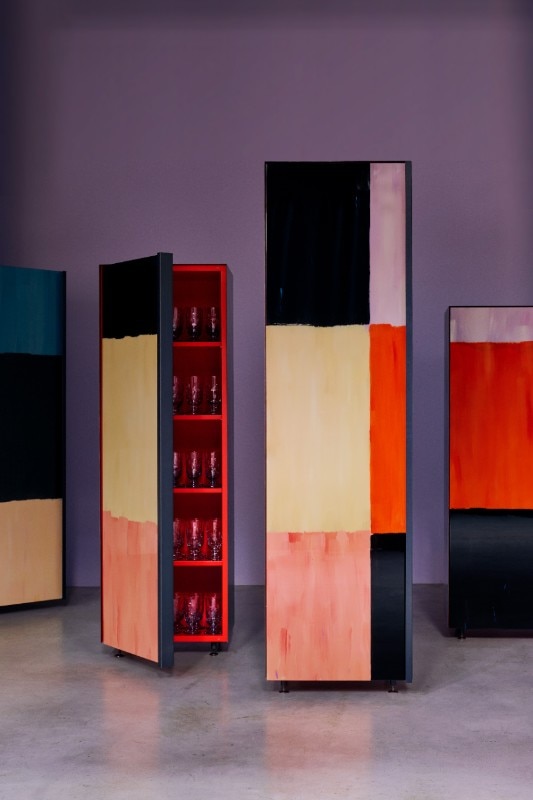
This formal explosion, which seems to have found new vitality in the expressive modalities of digital virtualization even beyond Instagram – think for example of the aesthetics of non-fungible tokens (NFTs) - however, did not gain unanimity among the critics. Critics that are, in some cases, worried about emphasizing the lack of adherence to the prerogatives and constraints of reality, as Jean-François Declercq explains, design dealer and founder of Atelier Jespers and La Bocca della Verità gallery in Brussels. “Historically, design has always been a search for solutions to a problem. However, today it is decoration that is gaining ground, despite ergonomic aspects and even comfort. I call it a Barbapapa design, which makes products resemble candies with its neon colors and shapes. It’s an Instagrammable design that, without durability of materials and assembling prerogatives, will be destroyed in ten years. However, in my role as an intermediary, I see how the tastes of buyers, especially those without specific backgrounds in design and architecture, are becoming increasingly inclined towards this language. Despite this, I am not at all against the proliferation of fairs and platforms: every opportunity to approach a wider audience is precious and, between one trend and another, the field has the chance to renew itself.”
De gustibus, as long as there is discussion. Meanwhile, something even less tangible, yet not more ephemeral, escapes a realistic evaluation: the market trend, especially in the contemporary area. Here, private transactions have a significant weight and participation in fairs is promoted even just for visibility and image. It is still hard to gauge how, beyond the charm of big names, opportunities for participation and visibility translate into real profit opportunities.De gustibus, purché ci si confronti e se ne parli. Nel frattempo, a sfuggire ad una valutazione realistica è piuttosto qualcosa di ancor meno tangibile, ma non per questo più effimero: l’andamento del mercato, soprattutto nel campo del contemporaneo. Là dove le transazioni private hanno un peso significativo e la partecipazione alle fiere viene spinta anche solo per questioni di visibilità e immagine, resta difficile sondare quanto, al di là del traino dei grandi nomi, le possibilità di partecipazione e visibilità si trasformino anche in occasioni di reale profitto.
Opening image: Nilufar Gallery, Milano. Photo Filippo Pincolini

